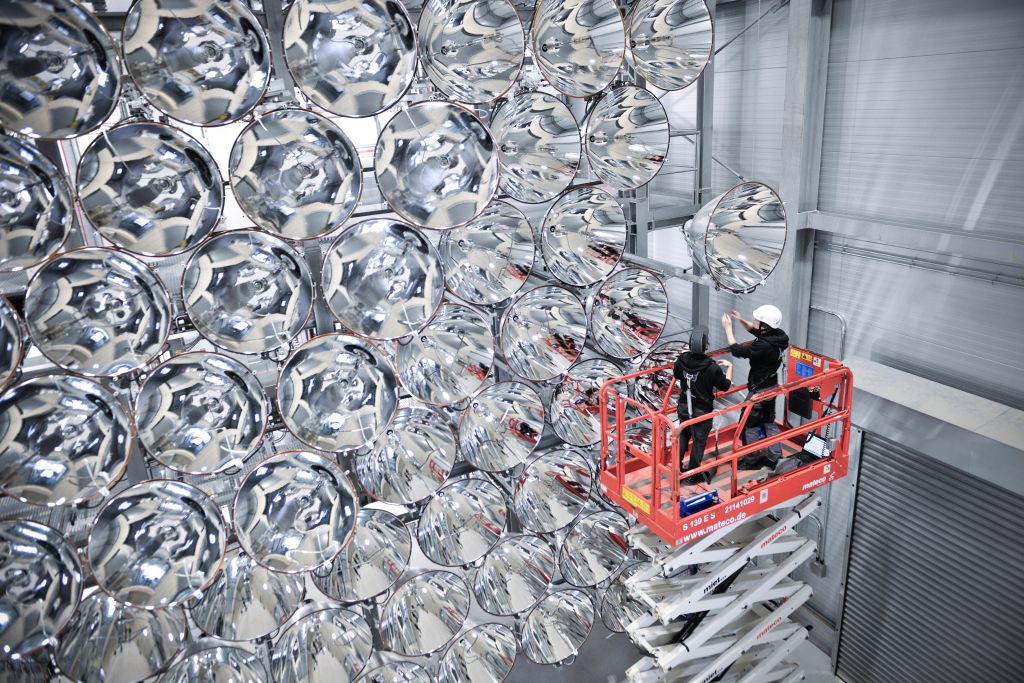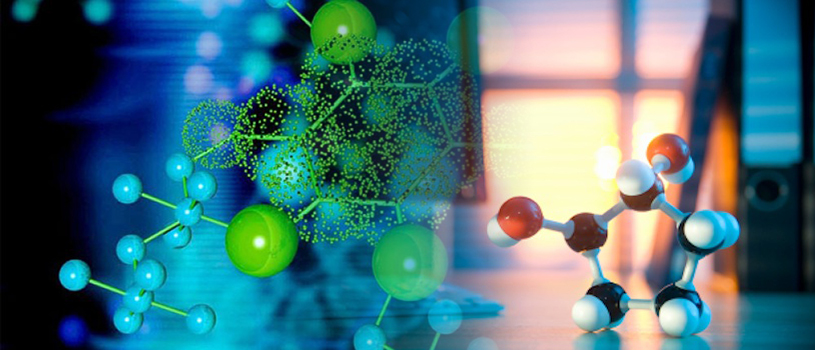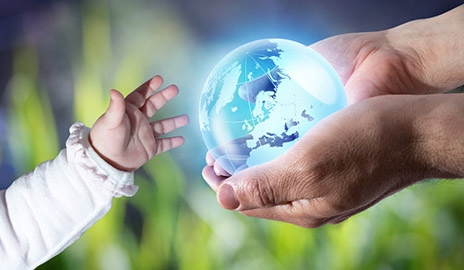
Pairing augmented reality with diminished reality provides a superior visual experience and could help grow the AR market.

Dubbed the “artificial Sun”, the Synlight uses concentrated light to power Thermochemical Water Splitting (TWS.) The Synlight project will mimic the effect of intense, continuous solar energy, something that is not readily available in Germany.

The JunoCam captured this image on 2 February 2017, at 1313 GMT, at an altitude of 14,500 kilometres above the giant planet’s cloud tops.

Kenya has banned the manufacture and import of all plastic bags used for commercial and household packing. It's the latest African nation to do so.

Is there a uniform set of moral laws, and if so, can we teach artificial intelligence those laws to keep it from harming us? This is the question explored in an original short film recently released by The Guardian.

Printing of metal structures with complex 3D architectures will have a variety of uses from batteries to biological scaffolds.

A new report released this week by the International Energy Agency (IEA) and the International Renewable Energy Agency (IRENA) is the latest attempt to address the question of global warming.

Maggie MacDonnell has just been recognized for her astoundingly compassionate 6-year career in an isolated, fly-in village nestled in the Arctic Circle.

A company has run the first successful test of the world’s only hydrogen fuel cell passenger train. The zero-emission silent train is powered by a single hydrogen fuel cell, producing electrical power for the traction.

A group of researchers funded by a Japanese government program develops “industrially compatible” cells.

Scientists at National University of Singapore have created a transparent smog-filtering window screen.

Air New Zealand and Virgin Australia say they have compiled a short-list of potential companies for the supply of commercially viable, locally produced aviation biofuel.

Madison, Wisconsin and Abita Springs, Louisiana are transitioning to 100 percent renewable energy. They join 23 other cities across the United States that have declared similar goals.

This lush green oasis demonstrates how hotels can thrive within a completely natural habitat.

A car company and water management company have transformed wastewater into the alternative fuel. Powered with this biofuel, a vehicle could circumnavigate the globe 100 times.